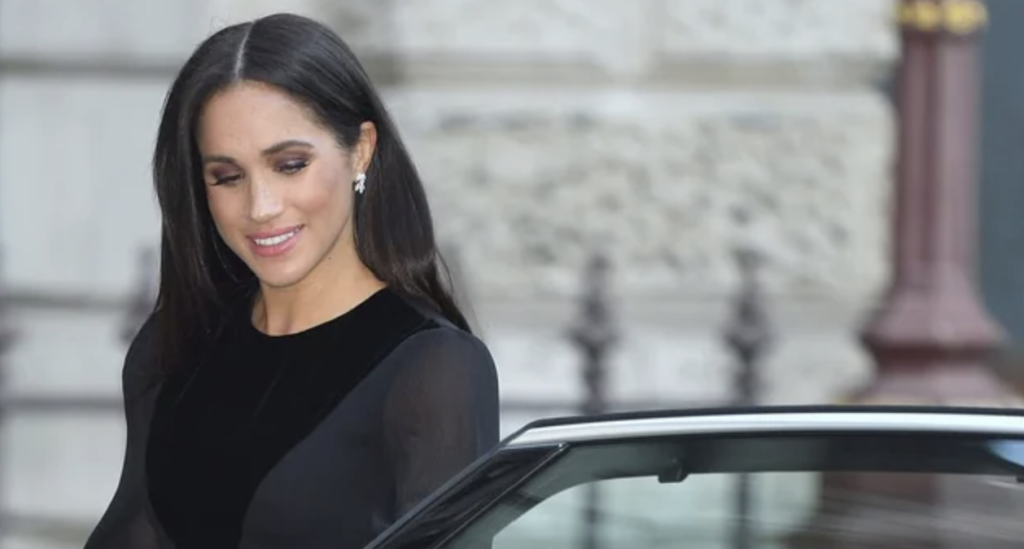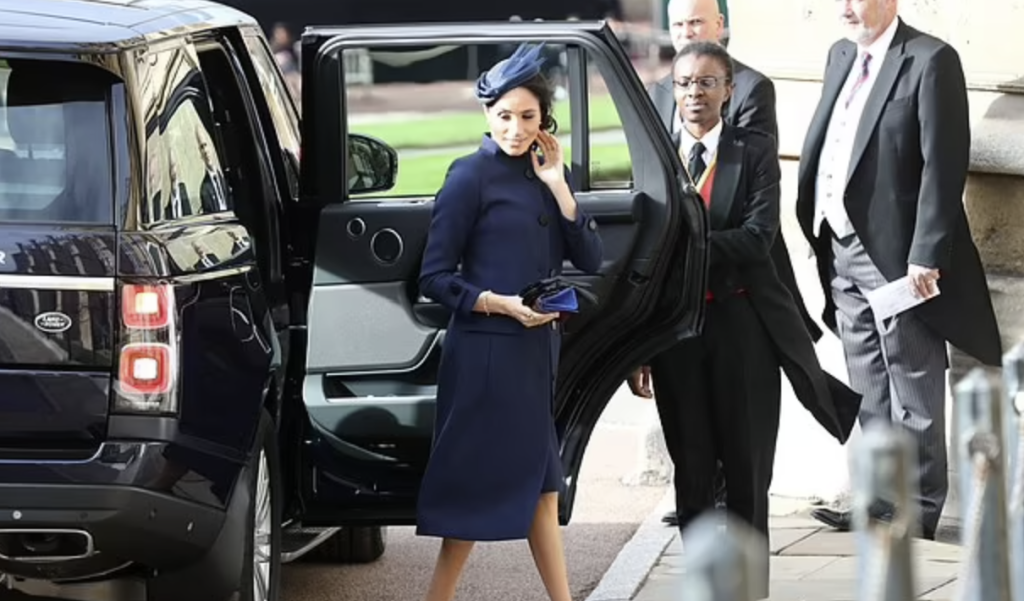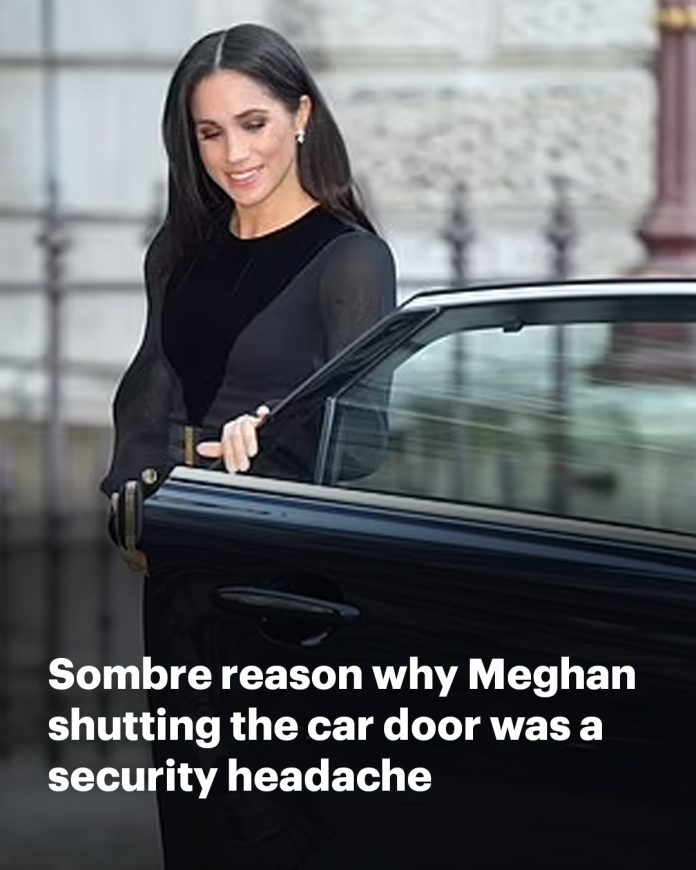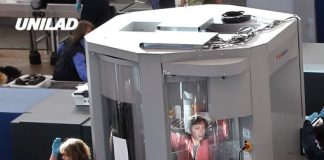Meghan Markle, the Duchess of Sussex, has consistently drawn global attention, not only for her role within the British royal family but also for her actions that challenge traditional royal protocols. One such instance that sparked widespread discussion was her decision to close her own car door during public engagements. While seemingly trivial, this act has been interpreted in various ways, shedding light on the complexities of royal security, public perception, and the evolving image of modern royalty.
Breaking Royal Protocol
In September 2018, during her first solo engagement as a royal at the Royal Academy of Arts in London, Meghan Markle was seen closing her own car door upon arrival. This simple gesture deviated from traditional royal protocol, where aides typically manage such tasks to ensure the principal’s safety and maintain decorum. Observers and media outlets quickly highlighted this departure from the norm, with some praising it as a sign of humility and independence, while others viewed it as a breach of established procedures.

Security Implications
Beyond the discussions of protocol and humility, Meghan’s action had significant security implications. Royal security operations are meticulously planned, with every detail designed to protect members of the royal family. When a royal steps out of a vehicle, security personnel are trained to manage the environment, which includes opening and closing car doors. This procedure allows them to control the immediate surroundings and respond swiftly to potential threats. By closing her own car door, Meghan inadvertently disrupted this protocol, potentially creating challenges for her security detail.
Security experts have noted that such deviations, while well-intentioned, can lead to vulnerabilities. The act of closing the car door oneself might seem benign, but it can momentarily distract security personnel or alter their standard operating procedures, leading to lapses in protection. In high-profile public engagements, even minor disruptions can have amplified consequences.
Public Perception and Media Response
The media’s reaction to Meghan’s gesture was swift and varied. Some outlets lauded her for breaking down royal barriers and presenting a relatable image. Headlines celebrated her “down-to-earth” demeanor, suggesting that she was modernizing the monarchy with her American pragmatism. Social media platforms buzzed with admiration, with many users expressing appreciation for her unpretentious behavior.
Conversely, critics argued that such actions, while seemingly innocuous, undermined the gravitas and mystique traditionally associated with the royal family. They contended that established protocols exist for valid reasons, including security and the preservation of the institution’s dignity. By not adhering to these customs, Meghan was seen by some as disregarding the responsibilities and expectations of her role.
The Broader Context of Royal Security
The incident also brought to light the broader challenges faced by royal security teams. Balancing the personal preferences of royal family members with the necessity of stringent security measures is a delicate task. Members of the royal family, especially those like Meghan who have lived without such constraints, may not always be accustomed to the rigorous protocols in place. This can lead to well-meaning actions that inadvertently complicate security operations.
Moreover, the global media scrutiny of every royal movement means that any deviation from the norm is magnified. Security teams must constantly adapt to both the evolving behaviors of the royals and the public’s reaction to them, ensuring safety without stifling the individual’s sense of autonomy.

Evolving Royal Image
Meghan’s gesture can also be viewed within the context of the evolving image of the British monarchy. Historically, the royal family has maintained a certain distance from the public, upholding traditions that emphasize their unique status. However, in recent decades, there has been a gradual shift towards a more approachable and relatable monarchy. Princess Diana, for instance, was known for her hands-on approach and emotional openness, which endeared her to many.
Meghan’s actions can be seen as a continuation of this trend, reflecting a desire to connect more directly with the public. Her American background and career as an actress may also influence her approach, bringing a different cultural perspective to royal duties. While such gestures resonate with many, they also prompt discussions about the balance between modernization and tradition within the royal institution.
Conclusion
Meghan Markle’s decision to close her own car door is a multifaceted issue that touches upon royal protocol, security considerations, public perception, and the changing face of the monarchy. While on the surface it appears as a simple act of independence, it carries deeper implications for how royal family members navigate their roles in the modern world. This incident serves as a reminder of the complexities inherent in upholding tradition while embracing change, and the challenges that come with being in the global spotlight.

















